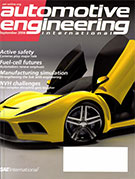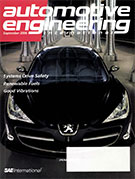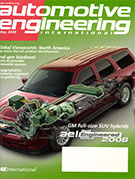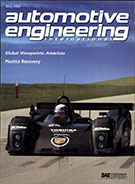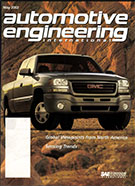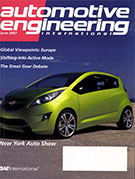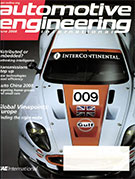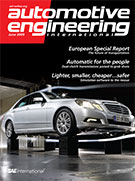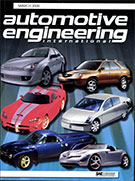Magazine

Automotive Engineering International 2006-10-01
2006-10-01
Like a rolling home Suppliers are helping automakers engineer vehicles that allow passengers to bring along the comforts of home. Focusing on distraction An explosion of new features, functions poses challenges for safety. Performance goes green With record-high fuel prices and CO2 concerns providing the impetus, automakers are developing more fun-to-drive cars with an eye towards efficiency. GM re-engineers pickips More refined ride, higher-quality interiors, and greater efficiency are some of the highlights of the 2007 models. Jeep takes on tough terrain For 2007, the brand's iconic Wrangler is engineered to be more rugged off-road and more refined on it. Audi updates TT theme The second-generation rendition is bigger, more powerful, and uses a subtle metals mix and match. Vantage: as Aston to the core A common platform strategy is a vital element of the company's design and manufacturing flexibility.



